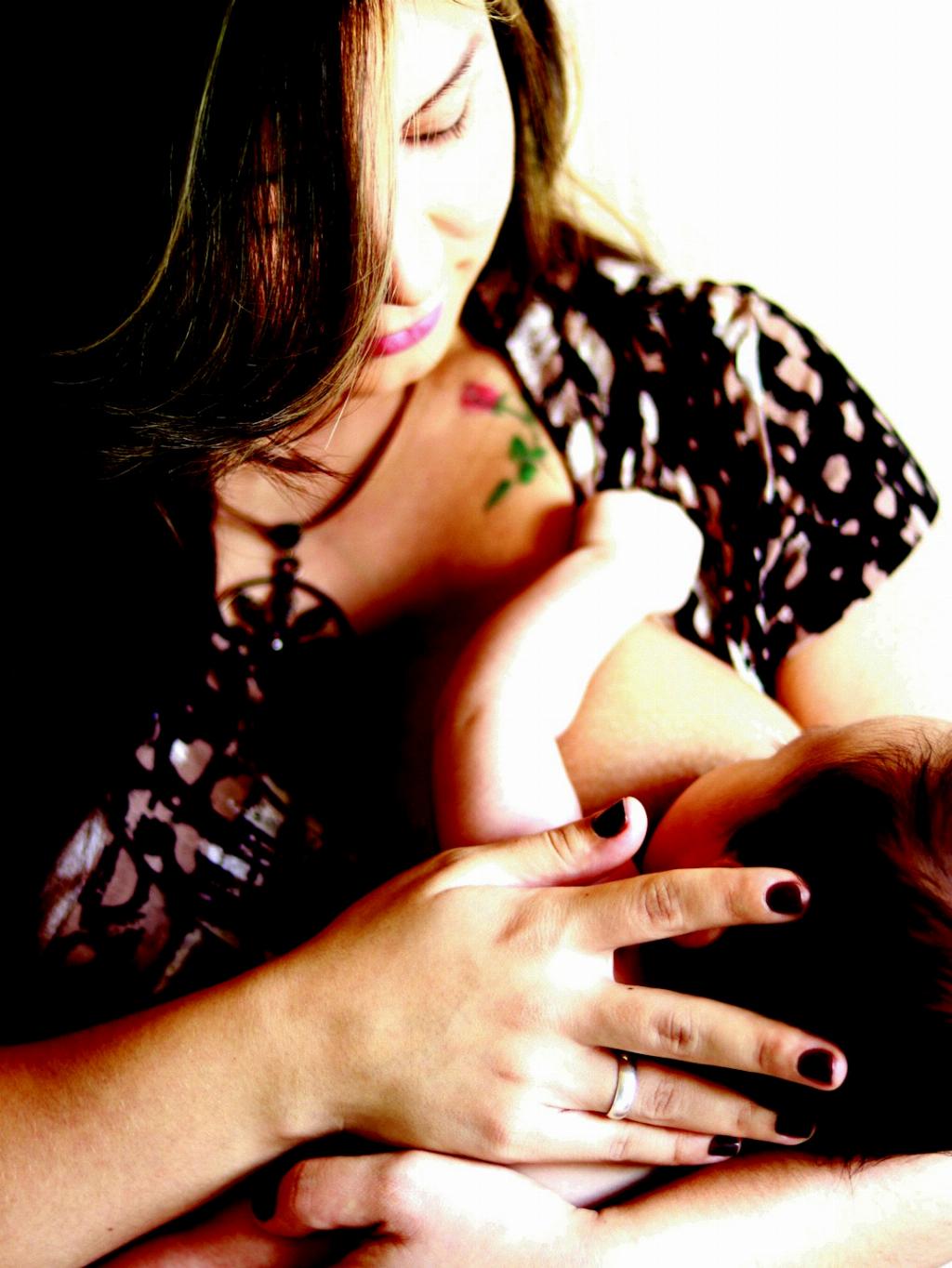When considering the percentage of moms who breastfeed their infants for one year, various factors come into play. The decision to breastfeed is a personal one that is influenced by cultural norms, societal support, individual beliefs, and life circumstances.
Research indicates that a significant number of mothers initiate breastfeeding after childbirth, with around 83% of infants in the United States being breastfed at some point. However, the duration of breastfeeding varies among mothers, with many discontinuing breastfeeding before reaching the one-year mark.
Factors such as maternity leave policies, workplace support for breastfeeding mothers, access to lactation consultants, and societal attitudes towards breastfeeding in public can all impact the duration of breastfeeding. In some cultures, breastfeeding for an extended period is more common and socially accepted, leading to a higher percentage of moms breastfeeding for one year or longer.
Studies have shown that the World Health Organization recommends exclusive breastfeeding for the first six months of life, followed by continued breastfeeding alongside complementary foods for up to two years or beyond. However, achieving this recommended duration of breastfeeding can be challenging for many mothers due to various reasons.
While data on the exact percentage of moms who breastfeed exclusively for one year is limited, surveys and studies suggest that the rates vary globally. In some countries, a higher percentage of mothers breastfeed for the recommended duration, while in others, the rates are lower.
Support systems play a crucial role in determining the duration of breastfeeding. Mothers who receive support from healthcare providers, family members, and peers are more likely to breastfeed for an extended period. Access to breastfeeding information, resources, and assistance can also positively impact breastfeeding outcomes.
Challenges such as breastfeeding difficulties, lack of knowledge about breastfeeding, societal pressures, returning to work, and limited access to breastfeeding-friendly environments can all contribute to the discontinuation of breastfeeding before the one-year mark.
It is essential for communities, healthcare providers, policymakers, and employers to create a supportive environment for breastfeeding mothers to help increase the percentage of moms who breastfeed for one year. This includes implementing lactation support programs, improving breastfeeding education, and offering accommodations for breastfeeding mothers in the workplace.
Ultimately, the decision to breastfeed for one year or longer is a personal one that should be respected and supported. Every mother’s breastfeeding journey is unique, and it is important to provide understanding, encouragement, and resources to help mothers make informed decisions about breastfeeding.
In conclusion, while there is no definitive answer to the exact percentage of moms who breastfeed for one year, it is clear that various factors influence the duration of breastfeeding. By working together to create a breastfeeding-friendly environment and providing support to mothers, we can help more moms successfully breastfeed their infants for the recommended duration.

